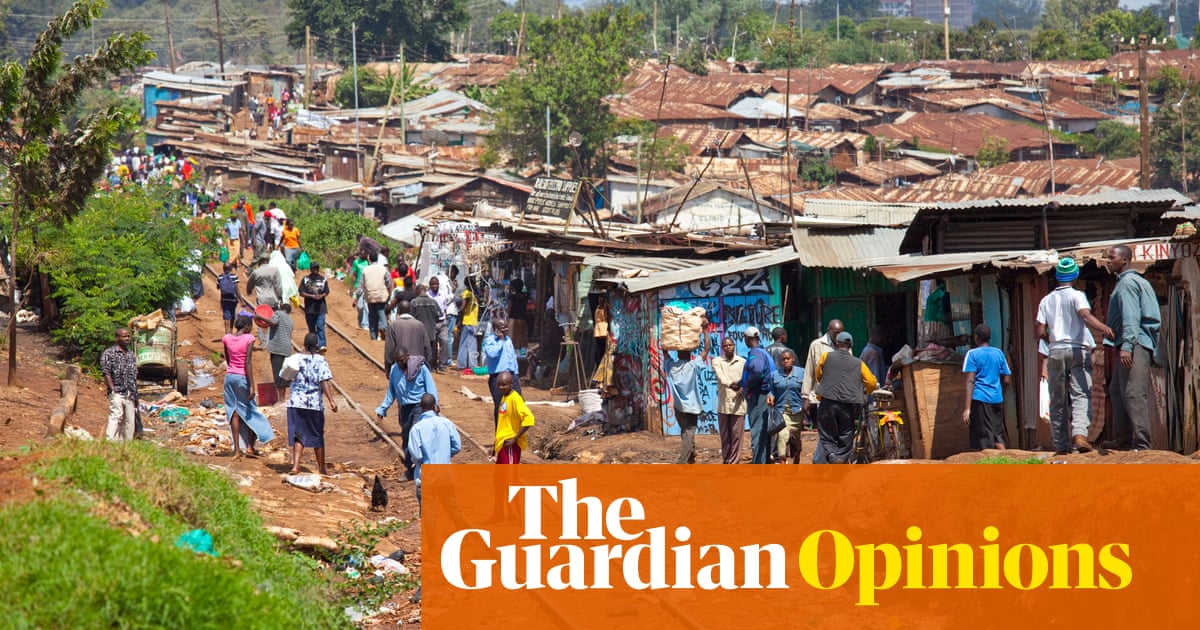
An Egyptian friend of mine from college was doing exceptionally well in 2010 with his property investments and developments in Egypt and Libya. Things were also looking better the following year — and then revolts took place in both countries within a month of each other. Suddenly, through no fault of his own, he was faced with ruin and failing businesses in both countries. He decided to close his shops, take all his savings and move to the US to start over.
His story is not as tragic as those of the estimated 87 million other Arabs whose lives have been deeply affected by what was ironically called the Arab Spring. Nevertheless, it represents the many types of lawlessness of the period stretching from December 2010 to the end of spring 2011, when many countries in the Arab world were shaken to their core by revolts, violence and bloodshed.
The chaos stretched from Yemen to Syria in the east of the Arab world to Tunisia, Libya and Egypt on the west side, with ripples felt across the entire Arab world. The region will probably continue to pay the price for some time. Economic and social loss, political disenfranchisement, forced or self-imposed exile, and a tragic money and brain drain added to the already existing trend of the most talented Arabs fleeing their countries, especially to the West when they can, in search of safety, opportunity and simply a decent life.
Politically, the region has demonstrated beyond doubt that what happens in one country will quickly affect others, as contagion spreads faster than anyone imagined, resulting in strained relationships between nations and a heavy blow to the slow but real movement the region was making toward more openness and even more democratic reforms.
All countries in the region had to act quickly to roll back any political freedoms they were implementing — ironically, demanded understandably by the populations themselves in so many Arab countries that began to seriously fear the same levels of instability and violence they were seeing on TV screens in Tunisia, Libya, Egypt, Syria and Yemen, with similar looming clouds moving in on their own countries. This meant that any notions of what is called in the West the “popular demand for democratization” suffered a severe setback, as that very notion has become synonymous with the words “chaos” and “instability.”
Given the contiguous effect of the Arab Spring, it’s only logical to think of the reverse region-wide effect of any positive collective effort on the part of Arab governments to jointly adopt policies to create more jobs for young people, unified educational standards that allow young people to move across the region for jobs more easily, more harmonized residency requirements using the same model as that of the Gulf Cooperation Council.
Hafed Al-Ghwell
Voices demanding greater political power are now considered, understandably, voices calling for lawlessness and chaos. International indicators also show that press freedoms have been rolled back in the countries that endured this experience, and all are now ranked as far more fragile, or in some cases failed, states.
Economically, almost eight years after that period, the region has still not returned to the levels of GDP or economic growth it had in 2010, with the added loss of lives, skilled labor and investments, and damaged infrastructure, opportunity loss and reputational damage that keeps tourists away. In countries such as Libya, Yemen and Syria, the wounds are still open. Losses are accumulating on a daily basis and play a destabilizing role for their neighbors and the entire region. Much of the region still suffers from a lack of jobs, low wages and corruption, and opportunities only for the few.
On social and humanitarian levels, millions of Iraqis, Syrians, Libyans and Yemenis have become refugees or internally displaced persons. Iraq alone has witnessed over three million people displaced in the past few years alone. More than six million Syrians are internally displaced, and an estimated 5.4 million have fled since the start of the war in 2011, not to mention the waves of refugees flooding southern Europe from North Africa.
The sheer size of these numbers shows the depth of the seismic social shifts that are shaking the very foundations of Arab societies. Civil wars in Libya and Syria have torn apart the very fabric of societies, pitting neighbor against neighbor and creating religious, ethnic, tribal and regional lines that will be hard to bridge any time soon. Worse, millions of young people who grew up amid these civil wars will suffer the psychological effects for years to come.
Despite the bleak picture, there are lessons that can address the dire situation and mitigate some of its longer-term consequences. Given the contiguous effect of the Arab Spring, it’s only logical to think of the reverse region-wide effect of any positive collective effort on the part of Arab governments to jointly adopt policies to create more jobs for young people, unified educational standards that allow young people to move across the region for jobs more easily, more harmonized residency requirements using the same model as that of the Gulf Cooperation Council. In addition, far more cross-border investments and trade could be encouraged. It is almost a given that these upheavals were rooted in economic disenfranchisement far more than any demands for democracy, so mitigating them needs first and foremost better economic policies. It would benefit the world to help the Arab region do this; it is in fact an international public good.
Reforms and new ways of thinking are urgently needed to avoid a second wave of instability and pre-empt what International Monetary Fund chief Christine Lagarde warned of two months ago. “Public dissatisfaction is bubbling up” in the Middle East and North Africa, she said, and reforms must “respond faster to the expectations and sometimes to the frustration of the people.”
Hafed Al-Ghwell is a former adviser to the board of directors at the World Bank Group. Twitter: @HafedAlGhwell












